


Finger millet can be cultivated on various soil types and during different seasons across different regions of the country. A significant portion of the cultivation occurs under rainfed conditions, particularly in the Kharif season. Finger millet thrives in areas with moderate rainfall, ranging from 500 to 1000 mm annually. It can withstand low levels of rainfall, even as little as 130 mm, if well-distributed. However, its optimal performance is observed at around 900 mm of annual rainfall. Therefore, the crop is suitable to most parts of the Assam
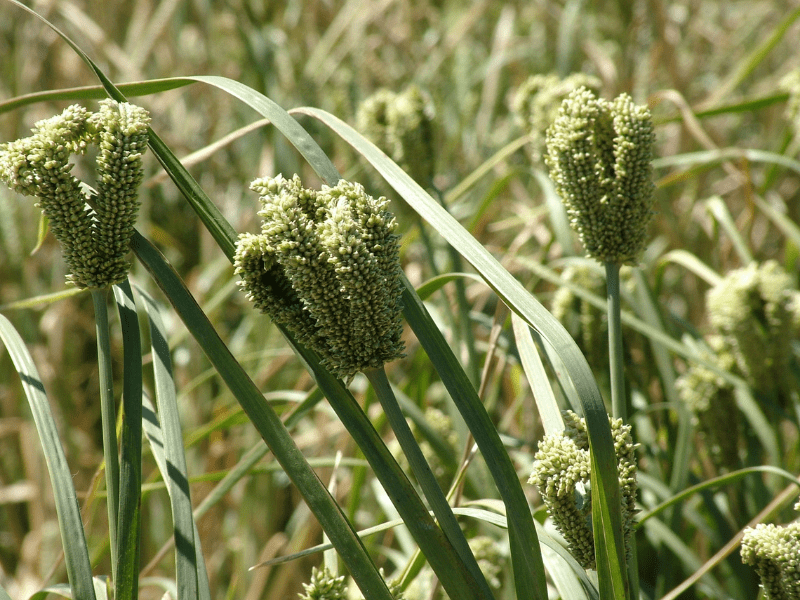

Millets are nutritionally superior as their grains contain high amount of proteins, essential amino acids, minerals, and vitamins.

| Particulars | 2023-24 |
|---|---|
| Area, (Lakh ha) | 121.88 |
| Production (Lakh Tones) | 153.79 |
Source: DA&FW (Data Upload) (State wise millet production pdf)

Foxtail millet is a tropical and subtropical climate crop and can be grown at an altitude of 2100 m above MSL. A mean temperature of 26-29°C during the growth is found optimum. Foxtail millet, grown in semi-arid regions, has a low water requirement and is successful almost entirely to its short growing season.

It can be grown on a wide range of soils from very poor to highly fertile and can tolerate a certain degree of alkalinity. Best soils are alluvial, loamy and sandy loam soil with good drainage.

Varieties: Use the seeds of AAU-GSG-Maruadhan-1 (Gossaigaon Marua Dhan-1), Chhattisgarh Ragi 3 (BR-14-3), Vegavathi (VR 929), VL 376, GPU 67, PR 202 varieties for planting.

Land Preparation: Fine seedbed and adequate moisture in the seedbed is conducive to good germination. Prepare the field by giving 2 or 3 ploughings followed by planking.
Sowing Time: Sowing should be done in the month of last week of July-August and Transplantation of 30-day-old seedlings in the first week of September.
Planting method:
Seed Rate: A seed rate of 12 kg ha-1 is recommended.
Seed treatment: Treat the seed with Propiconazole @1ml/kg of seed.
Sowing/Planting/Spacing:
Seed bed: To facilitate seed sowing, prepare a raised seed bed (10 – 25 cm) measuring 10 × 1.25m, with a gap of 30 cm between the beds. Apply 20-30 kg of cow dung per bed and mix it thoroughly with the soil. Sow 150g of seeds per bed.
Spacing: 25 cm X 15 cm
Fertilizer Application
| Nutrient Requirement (kg/ha) | Form | Fertilizer requirement kg/ha | Fertilizer requirement kg/bigha |
|---|---|---|---|
| N | Urea | 88 | 12.00 |
| P2O5 | SSP | 125 | 16.50 |
| K2O | MOP | 32 | 4.25 |
Apply Farmyard Manure (FYM) or Compost at a rate of 5 tons per hectare or 6 quintals per bigha. This practice enhances the quality of the crop and contributes to improved root growth development.
Apply 50% of the full doses of FYM, P2O5, and K2O as basal fertilizer, and apply the remaining 50% of nitrogen (N) as a top dressing 30 days after transplanting.
Irrigation and Drainage
Weed control.

On leaves symptoms develop as small pin head water-soaked yellowish dot that turns spindle shaped within 2-3 days with greyish centre surrounded by dark brown margin.
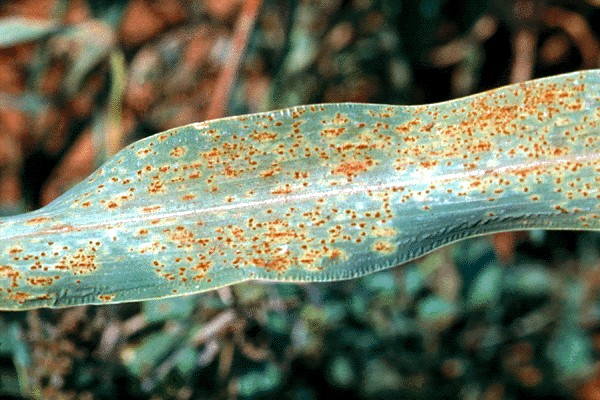
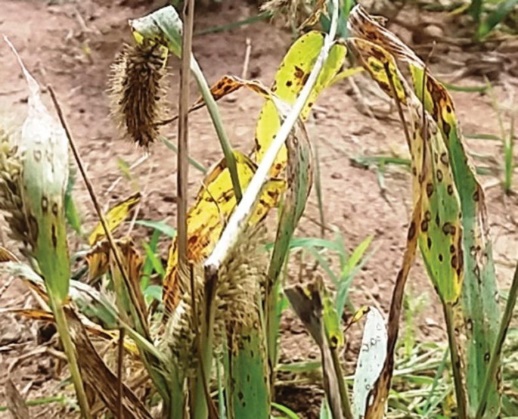
Seed treatment with Carboxin @ 2-2.5 g/kg seed.
In recent times, brown spot disease, caused by Drechslera nodulosa, has been gaining significance. This disease's impact can be severe, especially when the crop is exposed to drought or suffers from nutritional deficiencies. Effective management of the disease involves proper nutrition and water management. As required, spraying Propiconazole or azoxystrobin @1ml/litre of water can be employed.
Finger millet is susceptible to various pests, among which armyworms, cutworms, stem borers, leaf aphids, grasshoppers, grey weevils, shoot flies, and ear caterpillars are particularly significant.
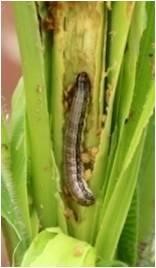
Defoliation
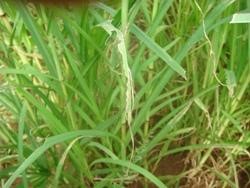
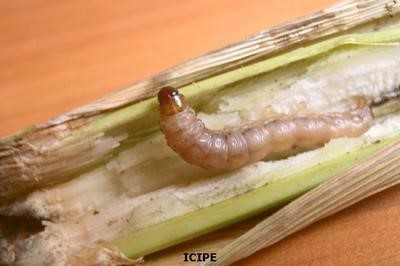

Selecting the optimal harvest time for maximum grain yield and quality holds significant importance. It's recommended to carry out harvesting when approximately 75-80% of the panicles exhibit a yellowish color. Sun drying of the grains on a clean threshing floor might be required to decrease moisture content, maintain viability and vigor, and enhance storage quality. It's essential to dry the grains to the recommended moisture level of around 12% to retain their viability and vigor.
Yield or Expected yield: 18-20 q/ha
Jorhat, PIN - 785013 Assam